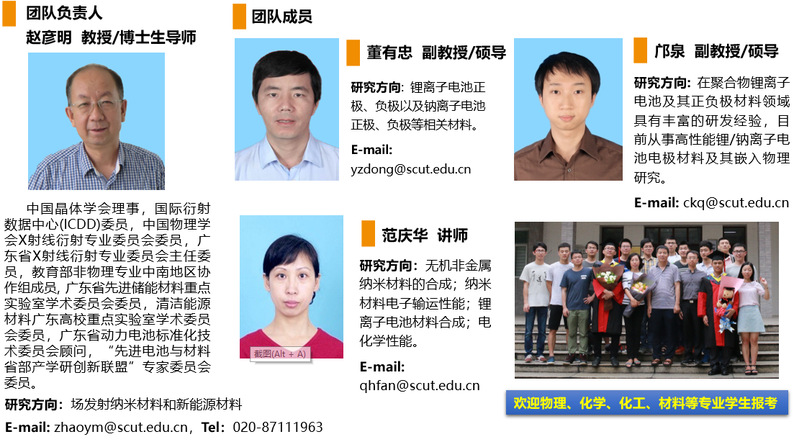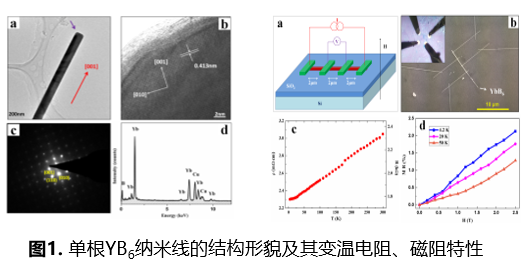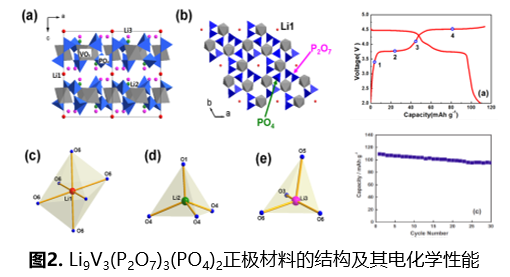The team has 1 professor, 2 associate professors, 1 lecturer, 6 doctoral candidates and 8 master candidates, and has trained 14 doctoral candidates and 12 master candidates.

Our team is mainly engaged in the research of field emission nanomaterials and new energy materials, and has obtained a number of research results with international advanced level. At present, he has published 117 SCI papers in Adv. Funct. Mater., Nanoscale, J. Mater. Chem., J. Power Sources, Physical Review B and other journals. The papers have been cited more than 2000 times, 3 papers have been cited more than 100 times, and 2 papers have been included in the ESI database for the past 10 years. The X-ray Diffraction data of six compounds were added to the International Diffraction Data Center (ICDD) standard database (Powder Diffraction Files, PDF), and 18 national invention patents were applied for (14 granted).
Research area 1: Field emission nanomaterials

Our team is one of the earliest teams in the world to carry out research on the preparation and field emission properties of LAB6-based nanomaterials, and successfully synthesized LaB6, CeB6, PrB6, NdB6, EuB6 and SmB6 nanowire and LaB6, SmB6, NdB6, EuB6 and CaB6 nanotubes for the first time in the world. The field emission performance was studied systematically. The transport properties of SmB6 and YbB6 nanowires were tested for the first time. It was found that SmB6 nanowires have enhanced surface conductance (3 orders of magnitude higher than the bulk) at low temperatures, while the abnormal metal-insulator transition of YbB6 nanowires may be due to the increase of Yb valence due to boron enrichment.

Research area 2: New energy materials
The previously unreported Li9V3(P2O7)3(PO4)2, NaFe(PO3)3, Na2VFe2(PO4)3, Na2VMn2(PO4)3 were discovered for the first time. NaFe4(PO4)3, NaCo(PO3)3 and Na3Mn2(PO4)(P2O7) are a series of new lithium/sodium ion battery materials with independent intellectual property rights. Among them, the specific capacity of Li9V3(P2O7)3(PO4)2 is higher than that of the current commercial LiCoO2 material. The carbon coated Li3VO4 and Li2MoO4 nanotubes have much higher specific capacity and excellent cycling properties than commercial graphite anode materials. The positive electrode material of LiMBO3(M=Fe,Mn) in borate system was studied for the first time and important results were obtained.



